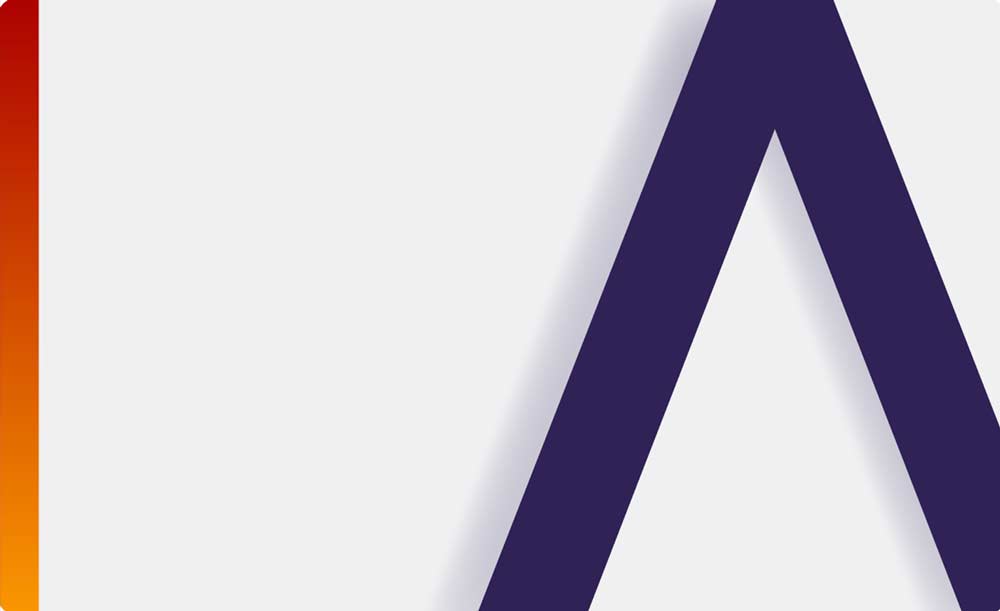Introduction
Artificial intelligence (AI) in pharmacovigilance is rapidly transforming how drug safety is managed. With growing adoption, AI in pharmacovigilance supports adverse event reporting, signal detection, and regulatory compliance. Yet, for small and mid-size biopharma companies, leveraging AI in pharmacovigilance (PV) remains more aspirational than reality. Despite industry buzz and successful pilots, AI implementation in PV for small and mid-size biopharma remains limited.
Challenges in AI Implementation for Pharmacovigilance
While AI in pharmacovigilance is promoted as a transformative solution, smaller biopharma companies face challenges that limit adoption. Beneath the promise of efficiency and automation lie hurdles such as implementation costs, slow return on investment (ROI), limited expertise, and regulatory uncertainty. Understanding these obstacles is essential to realistically assess what it takes for emerging pharma and biotech companies to succeed.
- High Implementation Costs: Implementing AI in pharmacovigilance activities demands significant upfront investment in software, IT infrastructure and system integration. For smaller biopharma companies with tight budgets and competing business priorities, these costs are hard to justify without clear ROI.
- Delayed ROI in Pharmacovigilance: Unlike large pharma, smaller companies have lower case volumes, which delays the benefits of implementing AI pharmacovigilance solutions. This results in hesitancy, which discourages adoption, often leading to stalled projects. Without a clear financial case, projects often lose executive sponsorship.
- Limited In-House Expertise: Adopting AI in pharmacovigilance successfully requires cross-functional expertise in drug safety, data science, and regulatory affairs. Small and mid-size companies often lack this skill mix internally. Even when external consultants are hired, knowledge transfer can be incomplete, leaving organizations dependent on third parties.
- Ongoing Maintenance: AI-enabled PV platforms require frequent upgrades, bug fixes, and continuous monitoring. For companies with lean teams, this adds to the operational burden. Over time, maintenance costs can even exceed initial investments, especially if systems are not well-optimized.
- Training and User Adoption: Even the best AI tools fail without proper user training. End users need structured onboarding and ongoing training to effectively use and trust AI outputs. Without continuous reinforcement, users may revert to manual practices, reducing overall system effectiveness.
- Resistance to Change: Internal resistance, whether from cultural hesitations or fear of automation, can slow adoption across PV teams. Many PV professionals fear automation may replace roles or question the reliability of AI in safety-critical functions. Overcoming this requires strong change management and transparent communication.
- System Integration Challenges: Integrating AI-based pharmacovigilance tools with legacy safety databases and workflows is often complex and time-consuming. Even when integration is possible, mismatched processes can reduce efficiency gains. This creates frustration for both IT teams and end users.
- Validation and Documentation: Regulatory agencies require thorough validation of AI systems. Preparing compliance-ready documentation is resource-intensive and frequently underestimated.
- Evolving Regulatory Landscape: Pharmacovigilance regulations concerning AI are still evolving globally, requiring companies to adapt strategies frequently to remain compliant. Small companies without large regulatory teams risk falling behind or misinterpreting new guidance.
- Regulatory Scrutiny Concerns: Even proven AI systems spark concerns about how regulators will assess AI-enabled PV processes during inspections, especially regarding algorithm transparency and validation. The fear of non-compliance often outweighs potential efficiency benefits.
How CROs Support AI-Enabled Pharmacovigilance
For small and mid-size biopharma, partnering with a contract research organization (CRO) can make AI in pharmacovigilance more accessible and less risky. CRO partnerships provide the expertise, scalability, and compliance framework needed to overcome adoption barriers. By providing access to validated AI solutions, they enable sponsors to benefit from advanced technology without having to build or maintain it internally.
- Cost Efficiency: CROs distribute technology costs across multiple clients, making AI-enabled PV systems more affordable for smaller companies. This shared-service approach eliminates the need for heavy infrastructure investments, giving sponsors access to advanced tools at a fraction of the cost.
- Implementation and Maintenance: CROs manage system setup, validation, and ongoing support, reducing the need for in-house teams. With platforms centrally maintained and regularly updated, sponsors can focus on their core business activities while relying on solutions that meet the highest industry and regulatory standards.
- Use Case Guidance: By leveraging experience across clients, CROs provide proven use-case scenarios for maximizing AI benefits. This accelerates adoption by showing teams exactly how to apply AI in their daily workflows. Sponsors can avoid costly trial-and-error phases by learning from established examples.
- Regulatory Expertise: CROs keep pace with global regulatory guidelines and support companies during audits and inspections. Their experience with regulators helps reduce uncertainty and builds confidence in compliance. This proactive approach prevents last-minute surprises during inspections.
- Specialized Experts: Access to subject matter experts ensure companies have guidance whenever needed, without hiring additional staff. CROs offer cross-disciplinary expertise, from pharmacovigilance specialists, data scientists, and regulatory experts. This provides well-rounded support that smaller teams cannot easily replicate.
- Scalable Resources: CROs provide backup resources and flexible models that allow sponsors to scale PV support up or down depending on workload or seasonal spikes in adverse event reporting. This flexibility helps to ensure business continuity.
- Training and Adoption Support: CROs offer structured training to ensure PV teams to adopt AI smoothly and use tools effectively. Training is customized to organizational needs, ensuring higher retention and adoption rates. Ongoing refresher sessions keep staff engaged and proficient.
- Reduced Internal Disruption: Companies can avoid large-scale organizational changes while still benefiting from AI innovation. CROs act as an extension of the team, minimizing the need for structural adjustments. This makes adoption smoother and less disruptive to day-to-day operations.
Why Partner with Allucent for Your AI-Enabled Pharmacovigilance?
At Allucent, we leverage our expertise to help small and mid-size biopharma companies understand and overcome the challenges of using AI in pharmacovigilance responsibly. Our team combines deep regulatory insight with practical operational experience to deliver AI-driven pharmacovigilance solutions that are compliant, effective, and grounded in real-world application.
By partnering with Allucent, sponsors benefit from:
- Lower overall pharmacovigilance costs without sacrificing accuracy or quality.
- End-to-end support, from system implementation to regulatory inspection readiness.
- Continuous training and access to subject matter experts in both drug safety and AI technologies.
- Efficiency gains without disruptive internal restructuring.
Allucent is committed to helping emerging biopharma sponsors develop and execute pharmacovigilance strategies that harness the power of AI responsibly, ensuring patient safety, regulatory compliance, and operational efficiency.


